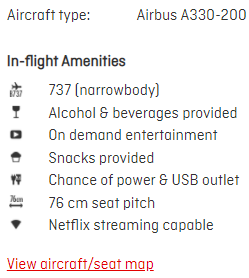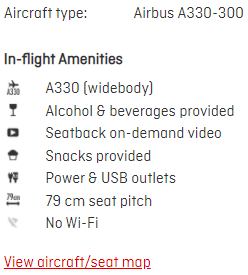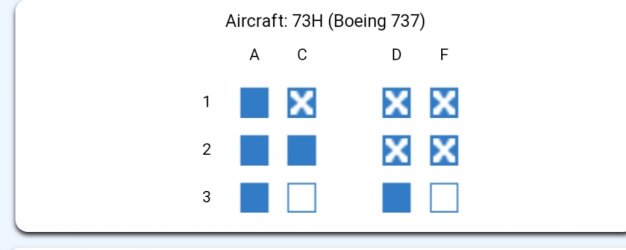In the case of SYD-CNS, it's most likely just due to demand. Demand will be higher in school holidays and the winter, and somewhat lower in the wet season outside of holidays.
Yes, widebodies (if they can sell the full capacity), are often better on longer flights due to their fuel capacity and efficiency - the passenger-mile cost for an A330 will be very efficient on a longer segment like PER-SYD or MEL-CNS. If used on a short SYD-MEL flight, the costs per mile will be slightly higher due to extra takeoff/climb fuel used for the larger plane. But the reason the A330 (and before it the 767) is useful for SYD-MEL is the higher capacity per landing slot. Airports' capacity is limited mostly by number of takeoffs and landings, with the size difference of an 737 vs A330 not a major factor (although does have a small effect). So that's why you'll see larger planes being used on busy routes like SYD-MEL during peak hours - more passengers can be carried during a period when it might not be possible to add more flights.
There are other secondary reasons, such as rotating the planes to a maintenance base, which causes occasional flights to have an A330 where you might not otherwise expect. Airlines also plan their fleet utilisation carefully - a large, expensive plane like an A330 is best used as continuously as possible, so if there are gaps in the schedule where it could be used, they will try to use it. For example, many Perth to east coast flights run at night with A330's, and these same aircraft can be used for MEL-SYD shuttles in the daytime.
 ). I see Qantas are running both the 737 and A330 - is one generally recommended over the other in J, or should I try them both?
). I see Qantas are running both the 737 and A330 - is one generally recommended over the other in J, or should I try them both?




















